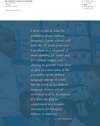
SPRING 2011/IYAR 5771 VOLUME 13 NUMBER 2
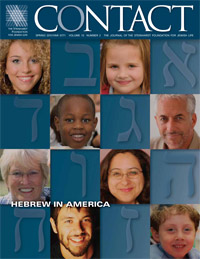
FROM THE EDITOR
HEBREW IN AMERICA
O n its surface, Hebrew might seem to be irrelevant to the American experience. Despite America’s status as a beacon to immigrants from all parts of the world, the nation was born and persists in the English language. Even recent efforts towards bilingualism focus naturally on Spanish, the language of the country’s largest contemporary immigrant population. Hebrew would seem to be peripheral to the idea of America.
And yet, from the country’s earliest inception, Hebrew was an important fabric in the tapestry of American life. Plymouth Governor William Bradford studied Hebrew, noting “a longing desire to see, with my owne eyes, something of that most ancient language, and holy tongue, in which the Law and oracles of God were write” (Bradford, History of Plymouth Plantation, Little, Brown, 1856). Several Ivy League schools included Hebrew in their early curricula and insignia, and there was a movement at the founding of the Republic to incorporate Hebrew language and symbols in the nascent iconography of the nation.
But in the ensuing centuries, Hebrew for the most part disappeared. American secularization, and an attenuation of interest in classical studies in general, relegated Hebrew to Jewish liturgy and study.
Might Hebrew make a comeback in American life? There are signs that offer hope to those who champion a confluence of Jewish and American values. America’s enduring alliance with Israel points to a potential receptivity to the language of the Jewish State, and the incipient growth of Hebrew language charter schools illustrate the ways in which Hebrew and the American experience might intersect. Perhaps most compellingly, hundreds of thousands of American Jews have experienced Birthright Israel, and many have signaled an interest in learning Hebrew on their return. Although it is too soon to say where their interest will lead, the community would be remiss if it does not create opportunities for Hebrew education for all who wish to learn.
Articles in this issue of CONTACT explore the potential of the Hebrew language in American society. From charter schools to public schools in general to Hebrew on campus to effective pedagogies of instruction, the essays consider methods of making Hebrew more widespread in the Jewish community and beyond. Taken together, they provide a thought-provoking overview of the ways in which the Hebrew language might become more commonplace in American life — and, in turn, more potent and inspiring in the American Jewish community.

Eli Valley
IN THIS ISSUE
| PREVIOUS ARTICLE | NEXT ARTICLE |
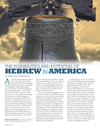 THE POSSIBILITIES AND POTENTIAL OF HEBREW IN AMERICA
THE POSSIBILITIES AND POTENTIAL OF HEBREW IN AMERICA
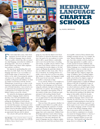 HEBREW LANGUAGE CHARTER SCHOOLS
HEBREW LANGUAGE CHARTER SCHOOLS
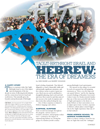 TAGLIT-BIRTHRIGHT ISRAEL AND HEBREW:
THE ERA OF DREAMERS
TAGLIT-BIRTHRIGHT ISRAEL AND HEBREW:
THE ERA OF DREAMERS
 HEBREW: A GRASSROOTS CAMPAIGN FOR JEWISH IDENTITY
HEBREW: A GRASSROOTS CAMPAIGN FOR JEWISH IDENTITY
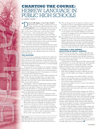 CHARTING THE COURSE: HEBREW LANGUAGE
IN PUBLIC HIGH SCHOOLS
CHARTING THE COURSE: HEBREW LANGUAGE
IN PUBLIC HIGH SCHOOLS
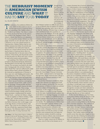 THE HEBRAIST MOMENT IN AMERICAN JEWISH CULTURE
AND WHAT IT HAS TO SAY TO US TODAY
THE HEBRAIST MOMENT IN AMERICAN JEWISH CULTURE
AND WHAT IT HAS TO SAY TO US TODAY
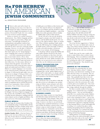 Rx FOR HEBREW IN AMERICAN JEWISH COMMUNITIES
Rx FOR HEBREW IN AMERICAN JEWISH COMMUNITIES
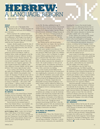 HEBREW: A LANGUAGE REBORN
HEBREW: A LANGUAGE REBORN
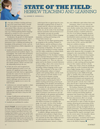 STATE OF THE FIELD: HEBREW TEACHING AND LEARNING
STATE OF THE FIELD: HEBREW TEACHING AND LEARNING
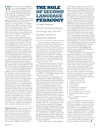 THE ROLE OF SECOND LANGUAGE PEDAGOGY
THE ROLE OF SECOND LANGUAGE PEDAGOGY
